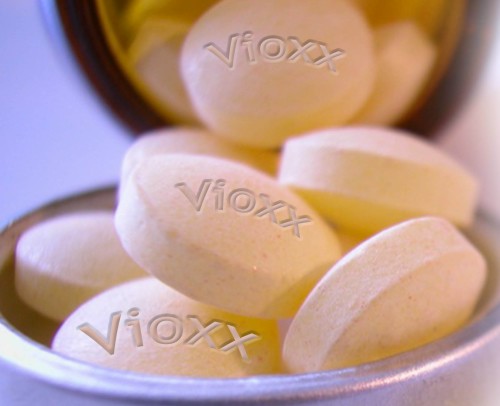However, Devra Davis, PhD, lead author of the recent white paper, "Cellphones and Brain Tumors: 15 Reasons for Concern" points out the dangers of believing this most recent media spin job.
"In Sweden, Norway and Finland, about half of all persons had cell phones in 2000," she says.
"It would be unreasonable to expect to see any general population effect from such phone use in such a short period of time. Scientists know that brain cancer can take a decade or longer to develop in adults.
In the case of the Hiroshima bombing that ended World War Two, brain cancers associated with that one time massive exposure to radiation did not become evident until forty years later."






Comment: For more information about Buckwheat and a crepe recipe read the thread on the Forum Buckwheat - A Super Food!